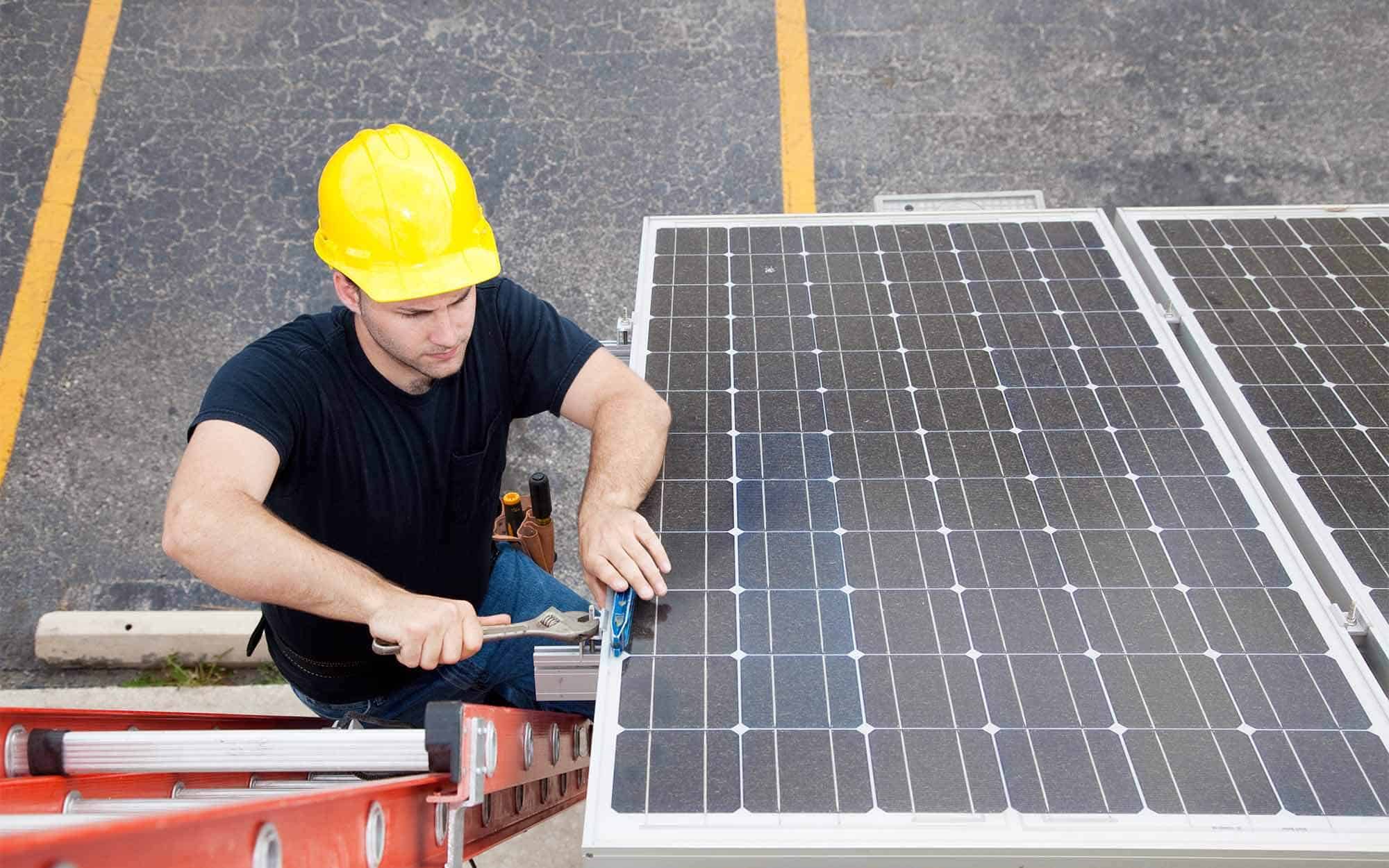
Solar energy is a smart investment for any Texas homeowner, but like any system, it needs care to stay efficient. Even the most reliable solar setup can develop small issues over time — especially with exposure to heat, dust, and storms.
The good news? Most solar panel problems are preventable with regular maintenance and quick attention from licensed professionals.
Here are the most common solar system issues — and how proper maintenance helps fix or prevent them.
1. Dirty or Obstructed Panels
Dust, pollen, and bird droppings are major culprits when it comes to solar efficiency loss. Even a light layer of grime can reduce power output by up to 20%.
The fix: Professional cleaning using solar-safe water and tools restores sunlight exposure and keeps your system performing at peak levels.
2. Loose or Corroded Wiring
Texas heat and moisture can cause wiring connections to loosen or corrode over time. Faulty wiring may interrupt energy flow or cause your inverter to shut down.
The fix: Routine inspections detect and tighten connections, replace corroded parts, and verify that every component is safe and secure.
3. Cracked or Damaged Panels
Hail, falling debris, or roof work can leave cracks that allow moisture to enter the panel. These small fractures reduce efficiency and can spread if left untreated.
The fix: During maintenance, technicians identify and replace damaged panels before production loss or electrical issues occur.
4. Inverter Failure
The inverter converts DC power from your panels into usable electricity. If it fails, your entire system stops producing power.
The fix: Regular inspections test inverter performance, detect early warning signs, and ensure proper ventilation to prevent overheating.
5. Monitoring System Errors
If your monitoring app shows no data or inconsistent readings, there could be communication issues between your inverter and software.
The fix: Technicians verify that your monitoring system is properly connected and recalibrate sensors to ensure accurate performance tracking.
6. Roof Leaks or Flashing Issues
Improper installation or aging sealants can lead to leaks around solar mounts. Water intrusion can damage your roof and electrical components.
The fix: Maintenance visits include inspection of all mounts, flashings, and seals — ensuring your roof stays watertight and protected.
7. Hot Spots on Panels
Uneven shading or dirt buildup can cause certain cells to overheat, creating “hot spots” that shorten a panel’s lifespan.
The fix: Regular cleanings and shading assessments prevent hot spots and maintain balanced, consistent energy production.
8. Decreased Energy Production
If your solar system suddenly produces less power, it could be due to shading changes, wiring issues, or aging components.
The fix: A professional diagnostic pinpoints the cause — whether it’s debris, connection issues, or equipment degradation — and restores performance quickly.
9. Storm-Related Damage
Severe Texas storms can loosen mounts, crack glass, or shift panels slightly off-angle. Even small misalignments reduce sunlight absorption.
The fix: Post-storm inspections ensure every panel is aligned, mounted securely, and producing at full efficiency again.
10. System Shutdowns or Fault Codes
Modern solar systems include safety features that shut them down when something’s wrong. If you see alerts or fault codes, it’s time for an inspection.
The fix: Licensed technicians read fault data, identify the root cause, and safely reset the system once repairs are complete.
The Importance of Preventive Maintenance
Most solar problems are preventable. Regular maintenance not only fixes existing issues but also keeps small problems from becoming expensive repairs.
Preventive maintenance helps:
- Maintain high energy production
- Protect electrical safety
- Extend your system’s lifespan
- Keep warranties valid














